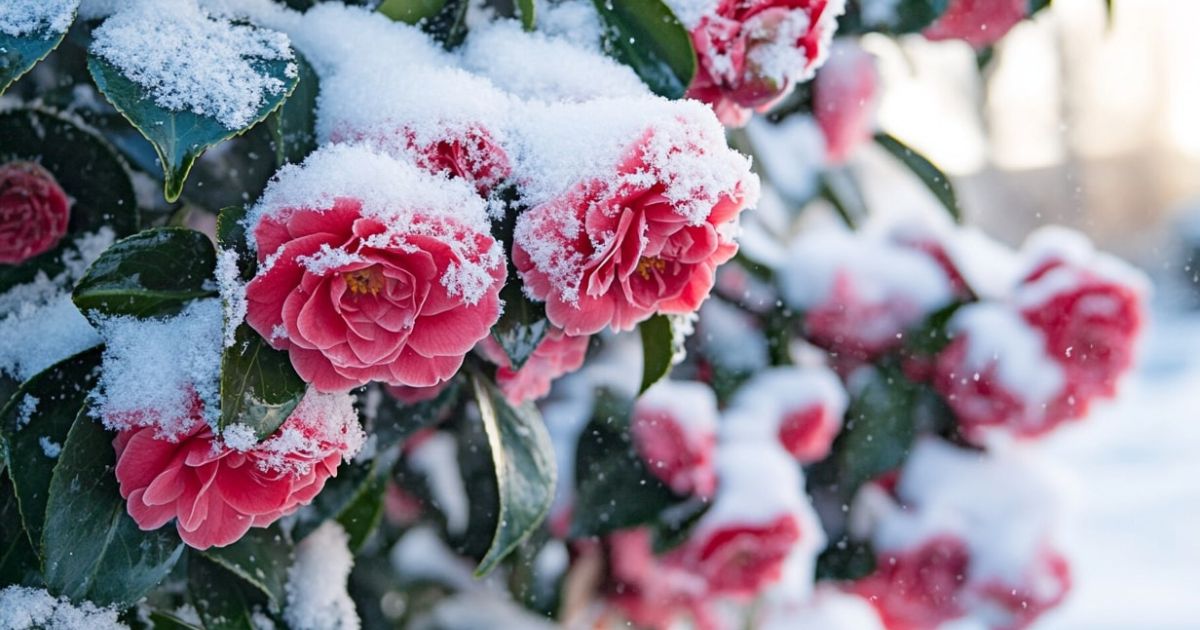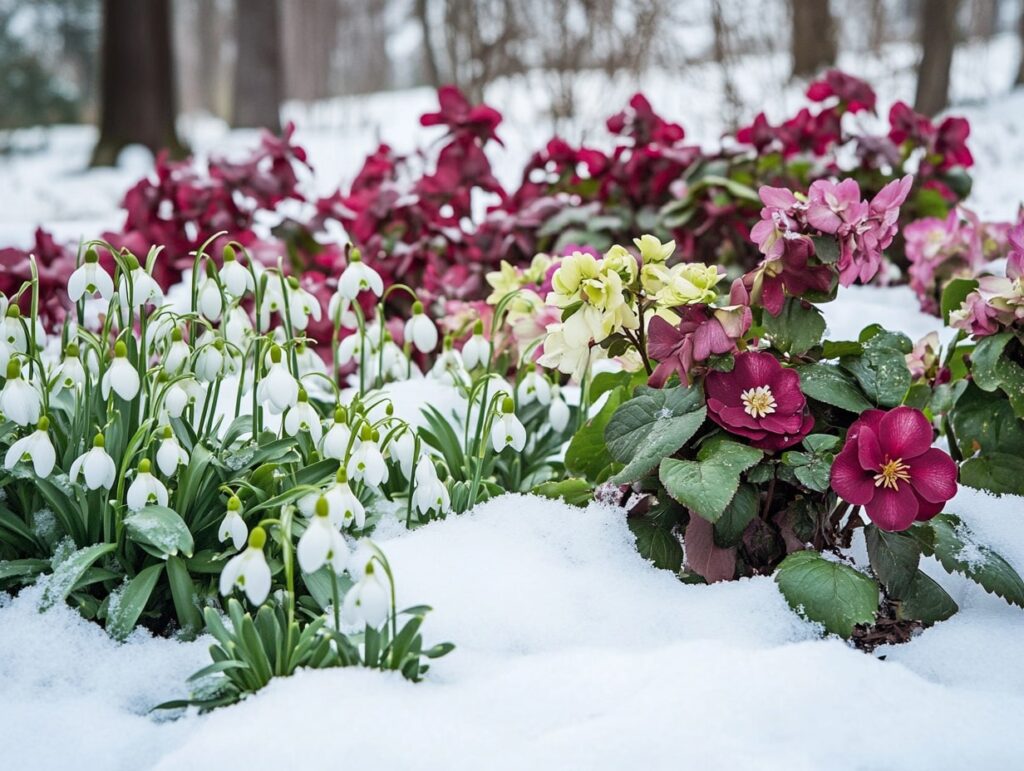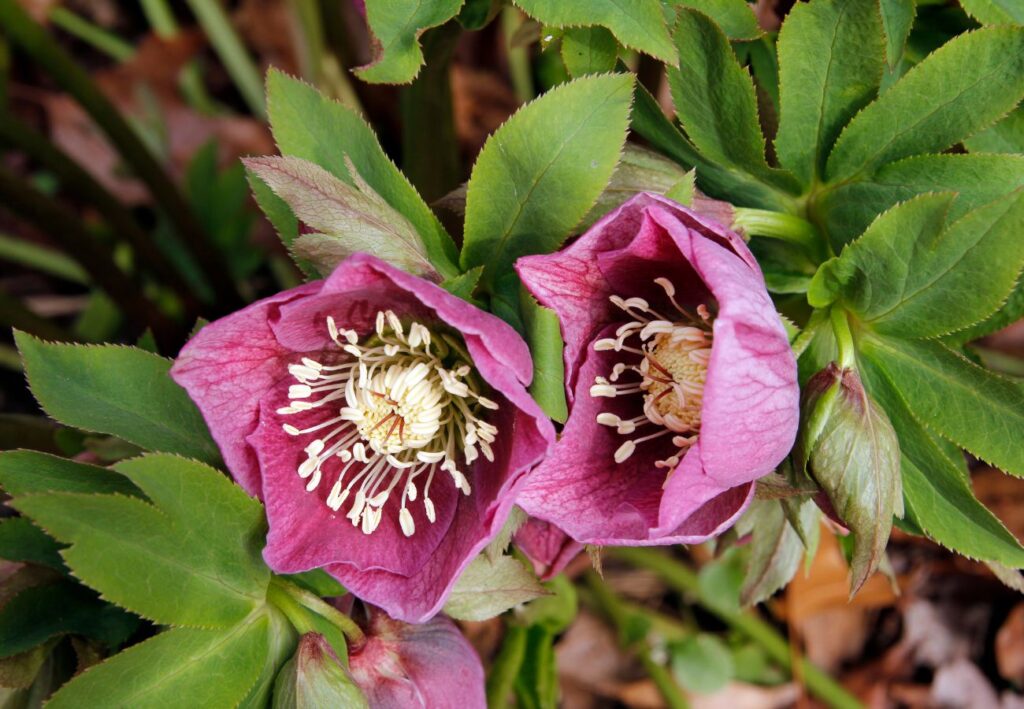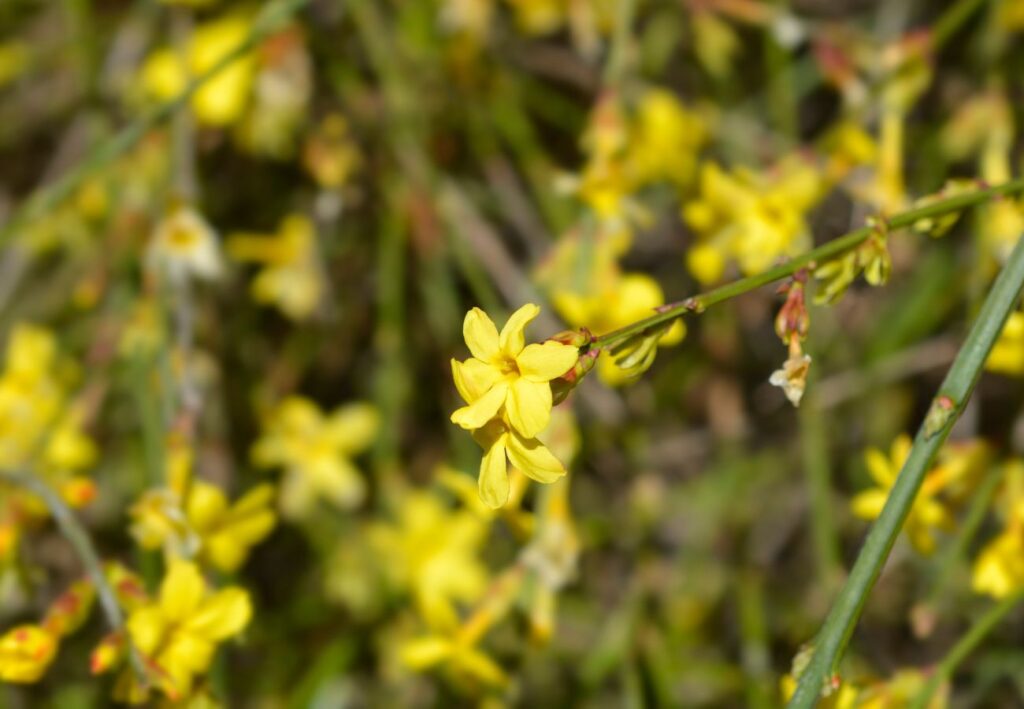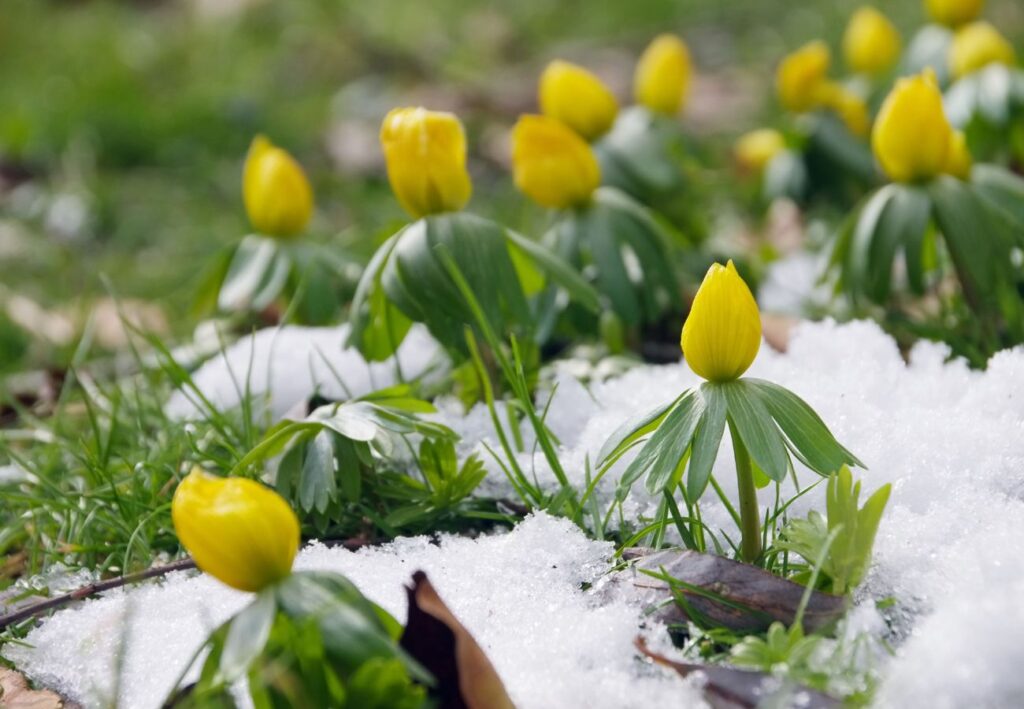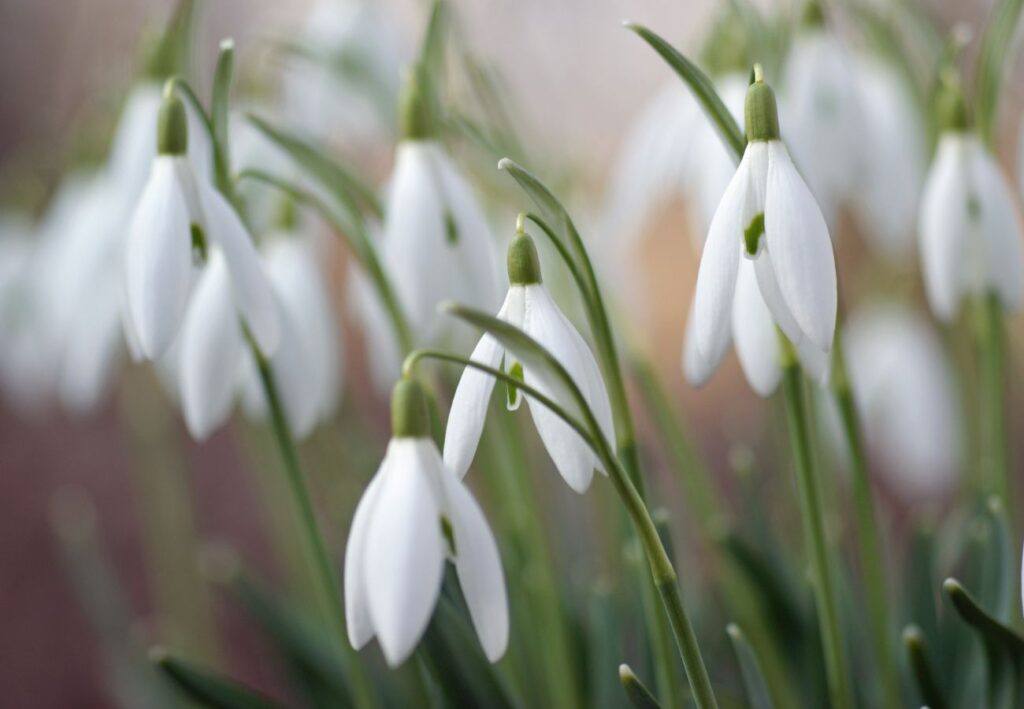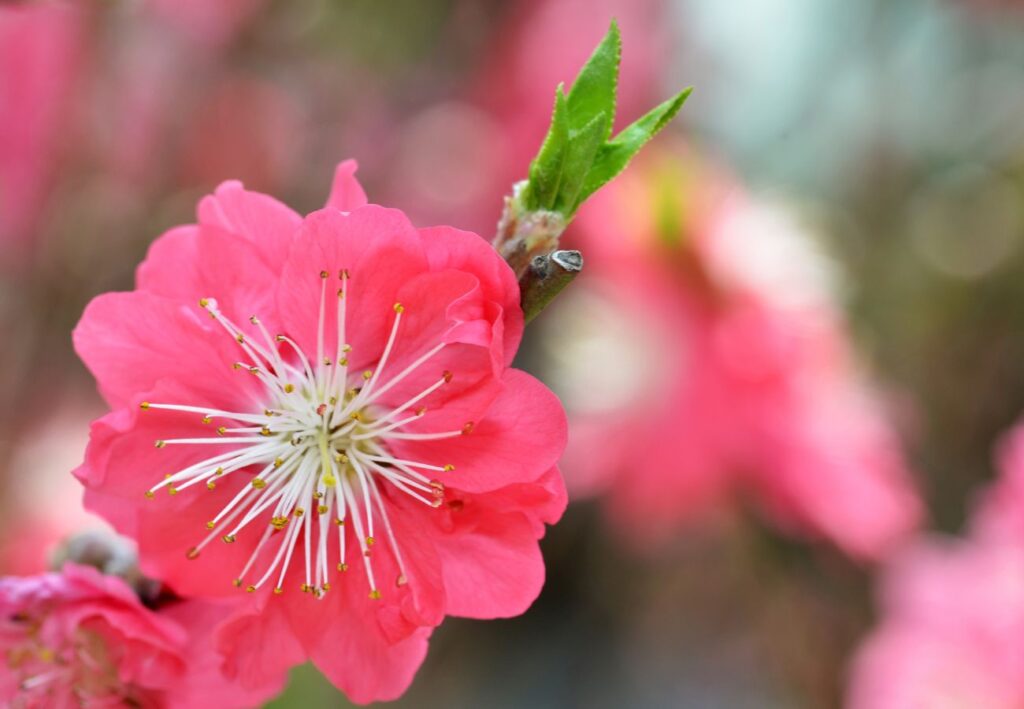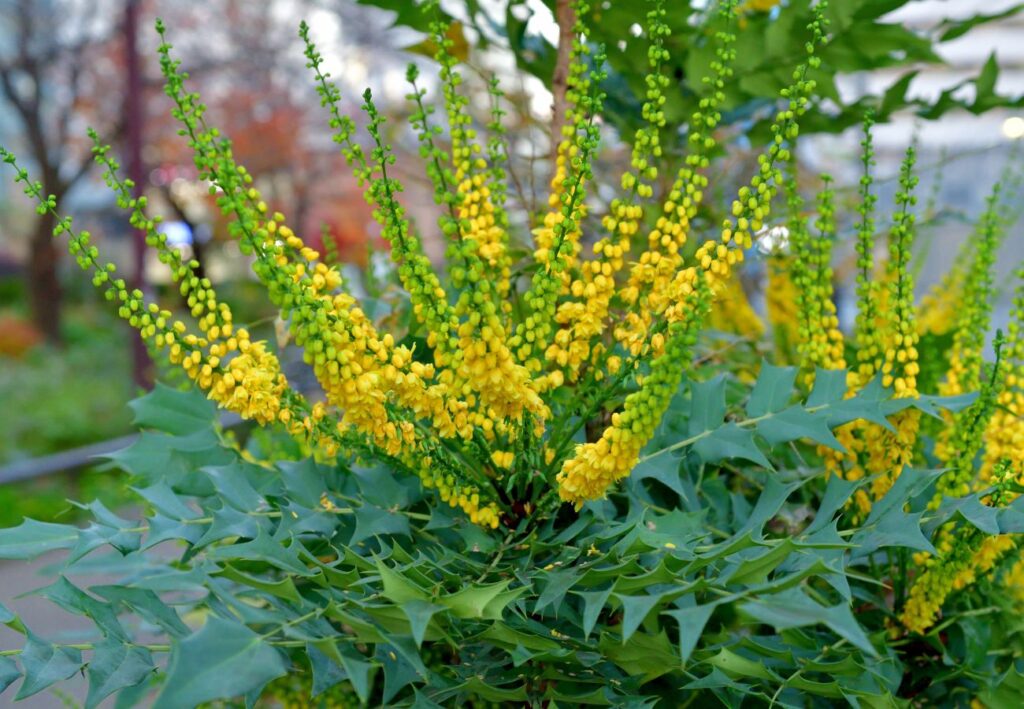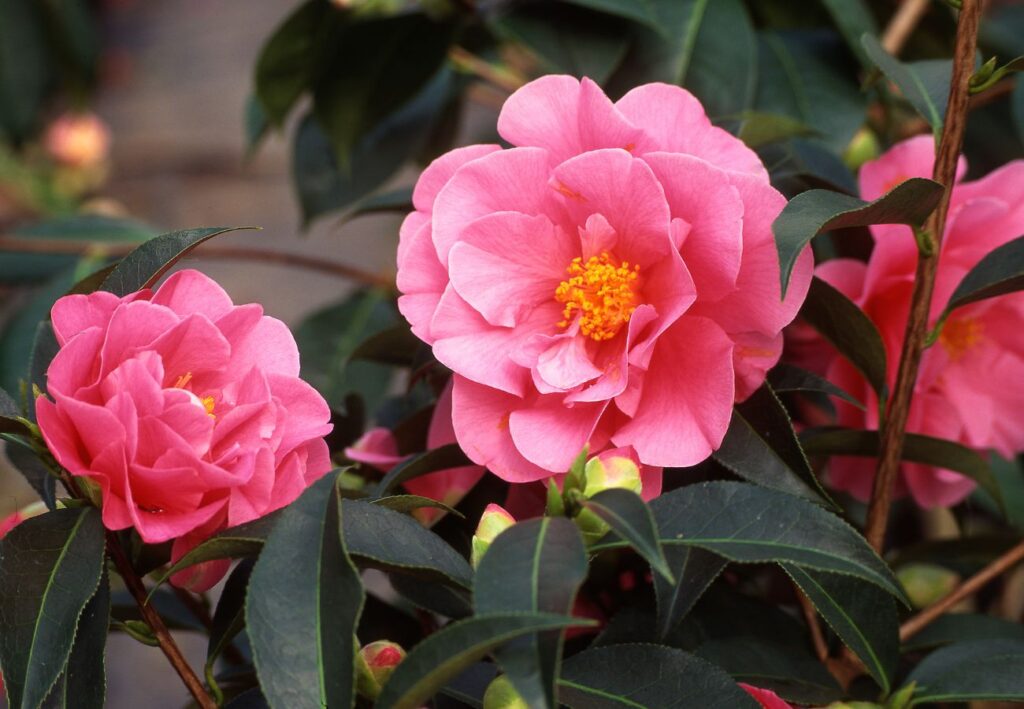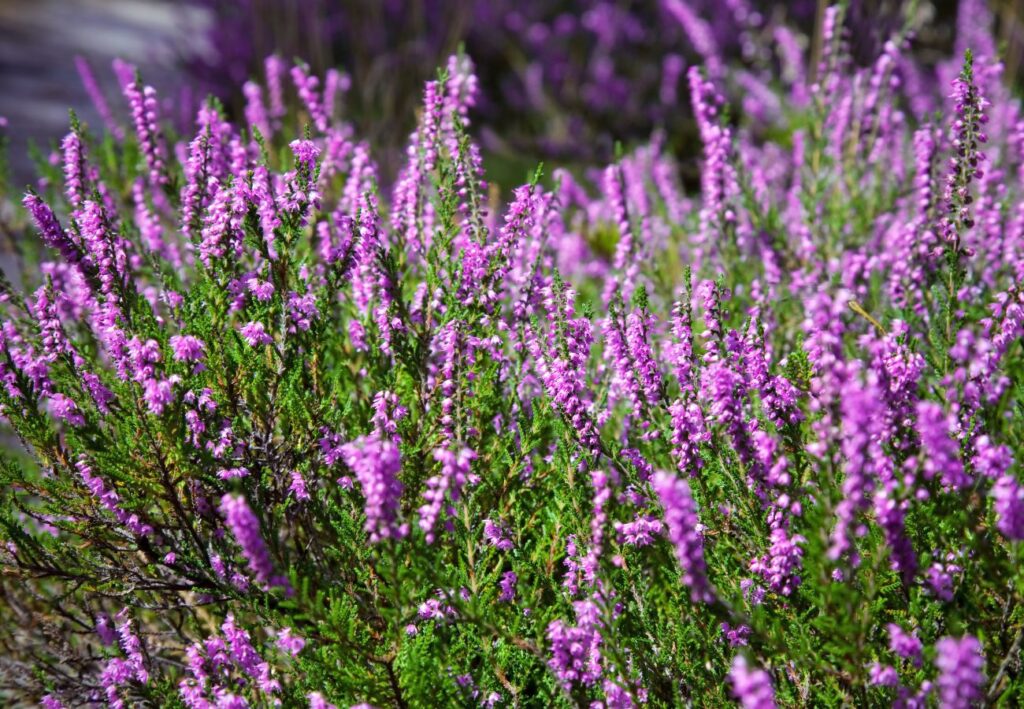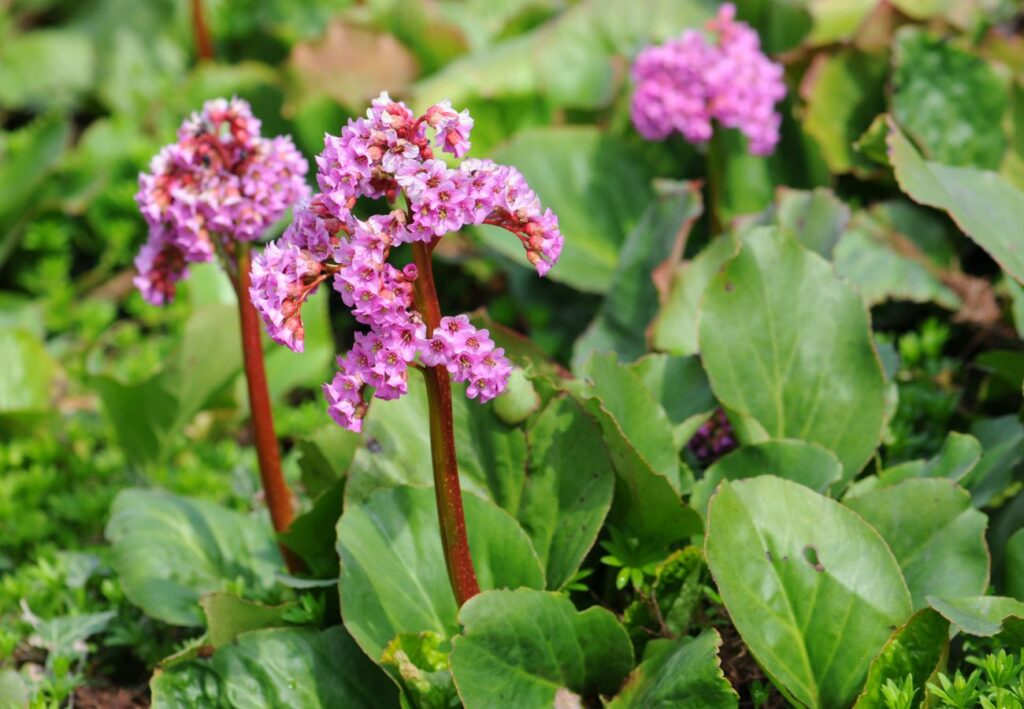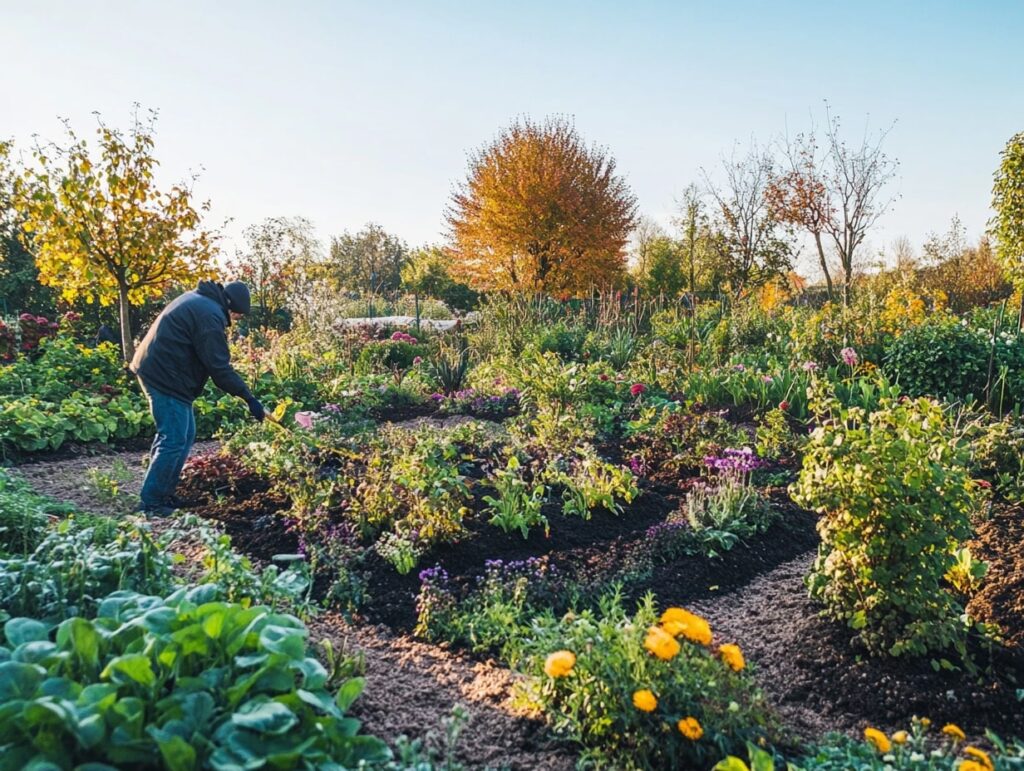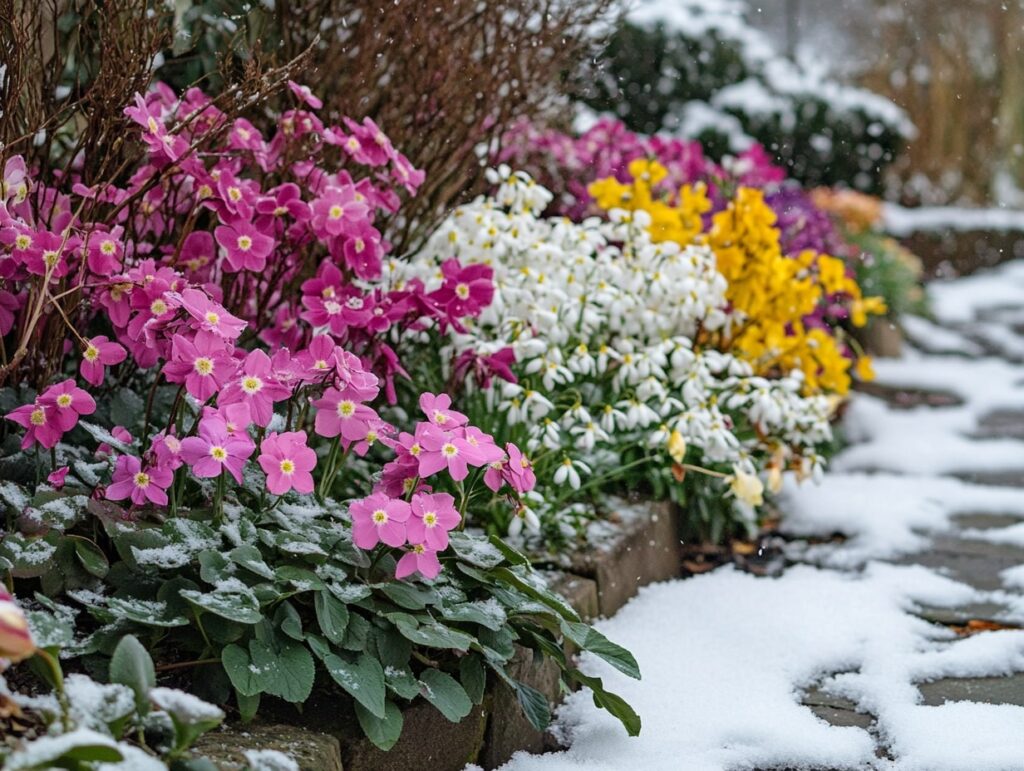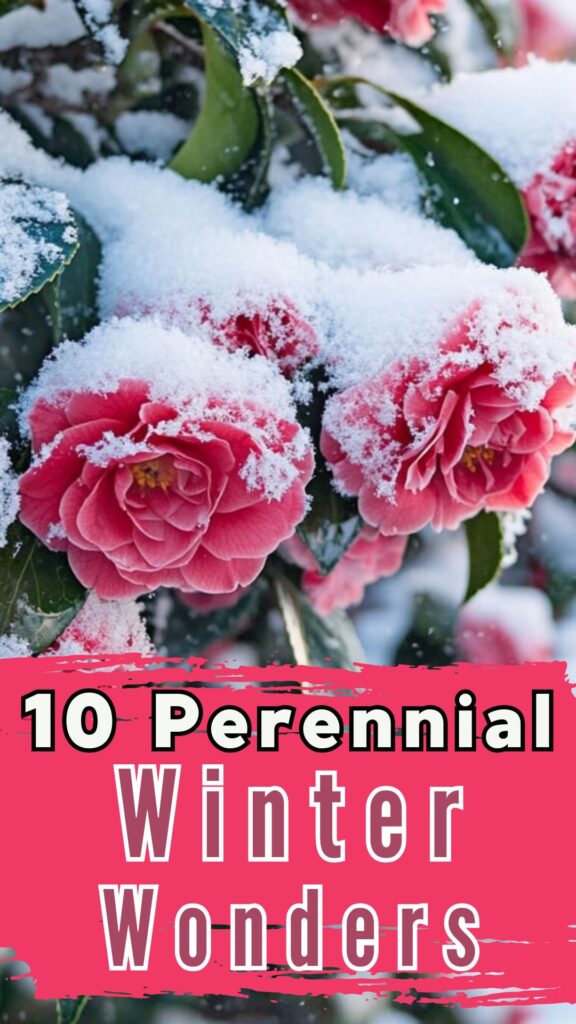Looking to add some color to your garden during the colder months? You don’t have to settle for a dull winter landscape. There are several beautiful perennial flowers that bloom even in the harshest winter conditions.
Imagine stepping into your garden to find vibrant blooms against the stark winter backdrop. These cold-hardy plants not only survive winter, but thrive, bringing life to your garden when you need it most.
Whether you’re an experienced gardener or just getting started, these perennials are a fantastic way to keep your outdoor space looking beautiful year-round.
From the cheerful Winter Jasmine to the resilient Hellebore, these perennial flowers are perfect for injecting a splash of color into your winter garden. Stay tuned for a list of the ten best perennials to brighten your chilly days.
Why Perennials are Perfect for Winter Blooms
Perennials are resilient plants that come back year after year, making them a reliable choice for winter gardens. Unlike annuals, which need replanting each year, perennials continue to thrive even in the colder months.
Winter-blooming perennials are specially adapted to colder climates. They can handle frost and shorter daylight hours. This means you still get beautiful blooms when most other plants are dormant.
These perennials often have intricate and unique flowers that add visual interest when snow blankets the landscape. This contrast makes your garden stand out and keeps it colorful through the winter.
Another advantage is that these plants generally require less maintenance once established. You won’t have to worry about spending too much time tending to them in the cold weather.
Perennials can also help with soil health. By protecting the soil from erosion and improving its structure, they make it easier for other plants to grow in the same area later on.
If you’re concerned about habitat, many winter-blooming perennials provide essential resources for winter-pollinating insects. This supports biodiversity, even when it’s cold outside.
Lastly, growing perennials that bloom in winter can be a rewarding experience. It offers you the chance to enjoy a vibrant garden year-round and brings a little bit of joy during the drearier months.
1. Hellebore (Helleborus spp.)
Hellebores, often called the “Christmas Rose” or “Lenten Rose,” are among the most beloved winter bloomers. These hardy perennials thrive in shady spots and begin to bloom as early as December, often continuing through March.
Their flowers come in various shades, from pure white to deep purple, with some varieties even sporting speckled petals. Hellebores are not only beautiful but also incredibly resilient, tolerating frost and even light snow.
Growing Tips:
- Plant in well-drained soil with plenty of organic matter.
- Provide partial to full shade.
- Water regularly during dry spells but avoid waterlogging.
2. Winter Jasmine (Jasminum nudiflorum)
Winter Jasmine is a sprawling, semi-evergreen shrub that brightens up the winter landscape with its cheery yellow flowers. Unlike most jasmine species, Winter Jasmine blooms in the dead of winter, from December through February.
It’s perfect for cascading over walls or trellises, where its bright flowers can be appreciated even from a distance.
Growing Tips:
- Plant in full sun to partial shade.
- Tolerates a wide range of soil types, provided they are well-draining.
- Prune after flowering to maintain shape and encourage new growth.
3. Winter Aconite (Eranthis hyemalis)
Winter Aconite is a small but mighty plant that bursts into bloom in late winter. Its bright yellow, buttercup-like flowers emerge even before the snow has melted, often carpeting the ground with a vivid splash of color.
These low-growing perennials are perfect for naturalizing in woodland gardens or under deciduous trees.
Growing Tips:
- Plant in moist, well-drained soil.
- Prefers partial shade but can tolerate full sun in cooler climates.
- Plant bulbs in the fall for winter blooms.
4. Snowdrop (Galanthus nivalis)
Snowdrops are one of the earliest and most iconic winter flowers. These delicate, white bell-shaped flowers often push through the snow in late winter, symbolizing the impending arrival of spring.
Snowdrops are perfect for planting in clusters in borders, rock gardens, or under trees, where they can naturalize over time.
Growing Tips:
- Plant in moist, well-drained soil in partial to full shade.
- Snowdrops thrive in cooler climates and need a period of cold to bloom well.
- Plant bulbs in the fall, about 2-3 inches deep.
5. Cyclamen (Cyclamen coum)
Cyclamen coum is a winter-blooming variety of cyclamen that produces charming flowers in shades of pink, red, or white. These low-growing perennials have attractive, heart-shaped leaves often adorned with silver patterns.
Cyclamen blooms from late winter into early spring, adding a touch of elegance to shady garden spots.
Growing Tips:
- Plant in well-drained, humus-rich soil.
- Provide partial to full shade.
- Water sparingly during the blooming season and allow the soil to dry out in summer.
6. Japanese Apricot (Prunus mume)
Japanese Apricot is a small deciduous tree or large shrub that produces fragrant, delicate blossoms in winter. The flowers, which can be white, pink, or red, appear on bare branches, creating a stunning contrast against the winter landscape.
Japanese Apricot is not only a beautiful addition to the garden but also has a rich cultural significance in East Asia, where it symbolizes perseverance and hope.
Growing Tips:
- Plant in full sun to partial shade.
- Prefers well-drained, slightly acidic soil.
- Prune after flowering to maintain shape and remove any dead wood.
7. Mahonia (Mahonia spp.)
Mahonia, also known as Oregon grape, is a hardy evergreen shrub that blooms in winter. Its spiky, holly-like leaves provide year-round interest, but it’s the bright yellow flower clusters that steal the show in winter.
The flowers are followed by blue-black berries, which are a food source for birds. Mahonia is an excellent choice for adding structure and winter color to the garden.
Growing Tips:
- Plant in well-drained soil with plenty of organic matter.
- Thrives in partial to full shade.
- Prune lightly after flowering to shape the plant.
8. Camellia (Camellia japonica)
Camellias are classic winter bloomers, with some varieties flowering from November through March. These evergreen shrubs are prized for their stunning, rose-like flowers that come in shades of pink, red, and white.
Camellias are perfect for adding a touch of elegance to the garden, and their glossy, dark green leaves provide year-round interest.
Growing Tips:
- Plant in acidic, well-drained soil.
- Provide partial shade, especially in hot climates.
- Mulch around the base of the plant to keep the roots cool and moist.
9. Heather (Erica carnea)
Winter Heather, or Erica carnea, is a low-growing evergreen shrub that blooms from late fall into early spring. Its small, bell-shaped flowers come in shades of pink, purple, and white, providing a much-needed splash of color in the winter garden.
Heather is drought-tolerant and deer-resistant, making it an excellent choice for low-maintenance gardens.
Growing Tips:
- Plant in well-drained, acidic soil.
- Prefers full sun but can tolerate partial shade.
- Prune lightly after flowering to encourage bushy growth.
10. Bergenia (Bergenia spp.)
Bergenia, also known as “Pig Squeak” for the sound its leaves make when rubbed, is a versatile perennial that blooms in late winter.
Its clusters of pink or magenta flowers rise above large, leathery leaves that turn red or bronze in winter, adding additional interest. Bergenia is hardy and low-maintenance, making it a great choice for year-round color.
Growing Tips:
- Plant in well-drained soil, enriched with organic matter.
- Prefers partial shade but can tolerate full sun in cooler climates.
- Remove spent flowers to encourage a second flush of blooms.
Tips for Planting and Maintenance
When planting perennial flowers for winter bloom, location is key. Choose a spot with good drainage to prevent waterlogging, which can harm roots.
Soil preparation is crucial. Enrich the soil with compost or well-rotted manure to provide nutrients throughout the season.
Spacing matters. Crowding plants can lead to poor air circulation and more disease. Be sure to leave enough room between each plant based on their mature size.
Watering needs change in winter. While perennials need less water, ensure they get a deep soak during dry spells.
Mulch effectively. Applying a 2-3 inch layer of mulch helps insulate roots against fluctuating temperatures. Use organic materials like wood chips or straw.
Pay attention to pruning and deadheading. Regularly remove faded blooms and trim back damaged foliage to keep plants healthy and encourage new growth.
for winter-specific care, consider using row covers or cloches for added frost protection on particularly cold nights.
To prevent pests and diseases, keep an eye out for early signs. Remove any infested leaves and consider using organic pesticides if necessary.
Rotate plants each year to improve soil health and avoid depleting nutrients.
Using these tips, your perennial flowers will thrive and bring beauty to your winter garden.
Creating Colorful Winter Landscapes
Winter landscapes don’t have to be dull. By choosing the right perennial flowers, you can add vibrant colors to your garden even in the cold months.
Hellebores (Helleborus) are a great choice for winter blooms. These hardy flowers come in shades of pink, white, and purple and thrive in shady areas.
Consider planting Winter Jasmine (Jasminum nudiflorum). Its bright yellow blooms can bring a touch of sunshine to your garden, even on grey days.
Snowdrops (Galanthus) are another excellent option. These delicate-looking flowers are surprisingly tough and can push through snow to show their beautiful white blossoms.
For a touch of red, Christmas Rose (Helleborus niger) offers lovely white flowers that bloom in winter and can handle frost well.
Witch Hazel (Hamamelis) adds a unique touch to your winter landscape with its spider-like yellow flowers that appear on bare branches.
To maximize the impact, mix these flowers with winter-blooming shrubs like Camellias and Daphnes. These shrubs provide a backdrop of greenery against which the colorful flowers can stand out.
Use containers to strategically place flowers around patios, walkways, and entryways. Make sure the containers are frost-resistant to avoid cracks.
Creating layers in your garden will add depth. Plant taller flowers and shrubs at the back and shorter ones at the front.
Bold color choices can create focal points. Choose vibrant reds, pinks, and yellows to draw the eye.
By planning ahead and combining various plants, you can create a captivating winter garden full of color and life.
Benefits of Growing Winter-Blooming Perennials
Winter is often seen as a dull season. Growing winter-blooming perennials can add much-needed color and vibrancy.
Garden care in the colder months becomes more engaging. You can enjoy gardening year-round, even when the weather isn’t ideal.
Low Maintenance: These hardy plants generally require less upkeep. They are resilient and often thrive with minimal attention.
Ecosystem Support: Winter-blooming perennials provide food and shelter for wildlife, like birds and bees, when resources are scarce.
You also get an extended flowering season. This means a longer period to enjoy your garden’s beauty.
Economic Benefits: Less frequent need to buy new plants saves you money. Perennials can live for several years, making them a cost-effective choice.
Environmental Advantages: Reduced need for seasonal replanting decreases garden waste. These plants often require fewer fertilizers and pesticides.
Winter flowers bring joy and psychological benefits. The sight of blooming flowers can uplift your mood and provide a serene environment.
They offer diversity in your garden’s appearance. Unique blooms in colder months can make your garden stand out.
Winter doesn’t have to be a time of dreariness in the garden. With the right selection of perennial flowers, you can enjoy a vibrant and colorful garden even during the coldest months.
From the delicate snowdrops to the bold camellias, these ten perennials offer a variety of colors, shapes, and textures that will keep your garden lively all winter long.
By carefully choosing and planting these winter-blooming perennials, you can create a garden that defies the season and provides beauty year-round.
